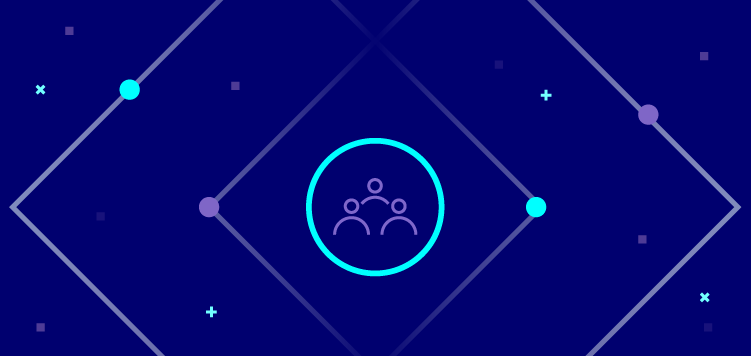🗓️ Live Webinar November 9: How HealthMatch.io Used Customer.io and RudderStack to Launch Their New Business Model in 24 Hours
Blog
COMPANY
How Twilio Is Shaping Segment


Subscribe
We'll send you updates from the blog and monthly release notes.

Soumyadeb Mitra
Founder and CEO of RudderStack
October 21, 2021
The biggest news coming out of the Signal conference was the launch of Twilio Engage, a “growth automation” platform built on top of Segment, which they acquired last year. In the announcement, Twilio highlights its plan to leverage Segment to push more deeply into the marketing space.
As I wrote last year, Twilio is positioning Segment to go after the big marketing budgets usually spent on tools like Salesforce, Adobe, Braze, and Iterable. Current customers rely on Twilio for email and messaging infrastructure, and leveraging Segment as a marketing tool is a way for Twilio to go beyond APIs and move up the stack to increase their wallet share and margins.
The focus on “growth automation” comes as no surprise. In recent years, marketing has been re-labeled with terms like growth hacking and digital optimization, so it’s not shocking to see the term “growth automation.” Fundamentally, growth automation platforms are marketing automation platforms, albeit modern ones that are powered by data pipelines and APIs.
It’s a smart business move by Twilio, but what does this mean for Segment’s core customer data infrastructure (CDI) platform that was the foundation of their success? How are Segment’s downstream partners, like Braze, going to react to this? And, most importantly, what does this mean for Segment’s end users?
Let’s start with downstream partners. With this launch, Segment is now competing directly with companies like Braze, Iterable, and Customer.io. According to Segment, these marketing automation systems are the second-most popular destination for their users, which means a lot of their customers are sending data to them. For a company like Braze, the change means that a direct competitor now owns the data pipeline that feeds their system. Their huge customer base also gives Twilio’s sales team an initial target list to aggressively sell Twilio Engage. Needless to say, if I was running one of those marketing automation companies, I would be worried.
Next is Twilio’s long-term strategy around Segment’s core CDI product. My personal hypothesis is that the CDI component isn’t part of Twilio’s vision for Segment. If enterprise marketing dollars are the goal, the product will follow that roadmap and stack-wide CDI will be deprioritized. More importantly, a huge driver of Segment’s growth was their mutually symbiotic relationship with vendors, who would take them into deals to simplify data integration. Now that Twilio Engage is competing with those vendors, that growth driver is greatly diminished for Segment. It’s unlikely that Twilio will keep investing in a product that has lost a key foundation of their go-to-market success.
Lastly, what does this mean for Segment’s customers? Data is what makes any marketing automation tool valuable, so Segment’s core pipelines aren’t going anywhere, but innovation and investment will focus on marketing products like Journeys. Ironically, with marketing automation as the primary use case, the most valuable destination for Segment data is now...Segment.
At a high level, Segment customers can expect to see the product evolve to serve more marketing use cases and marketing users. Inevitably, there is less focus on data integration across the stack, especially as it relates to core infrastructure like the cloud data warehouse, data lakes and real-time databases like Redis, all of which are now core components of the modern customer data stack.
The narrowed focus on marketing users means engineering teams running Segment will likely experience data integration challenges over time as they manage stacks that are increasing in size and complexity.
This news makes me more excited than ever to be building RudderStack, where our core mission is helping developers solve those very data integration problems across the entire stack.
Sign up for free and try RudderStack today.

ABOUT THE AUTHOR
Soumyadeb Mitra
Founder and CEO of RudderStack
Recent Posts

Subscribe
We'll send you updates from the blog and monthly release notes.

Get started today
Start building smarter customer data pipelines today with RudderStack. Our solutions engineering team is here to help.
This site uses cookies to improve your experience. If you want to learn more about cookies and why we use them, visit our cookie policy. We’ll assume you’re ok with this, but you can opt-out if you wish Cookie Settings.




